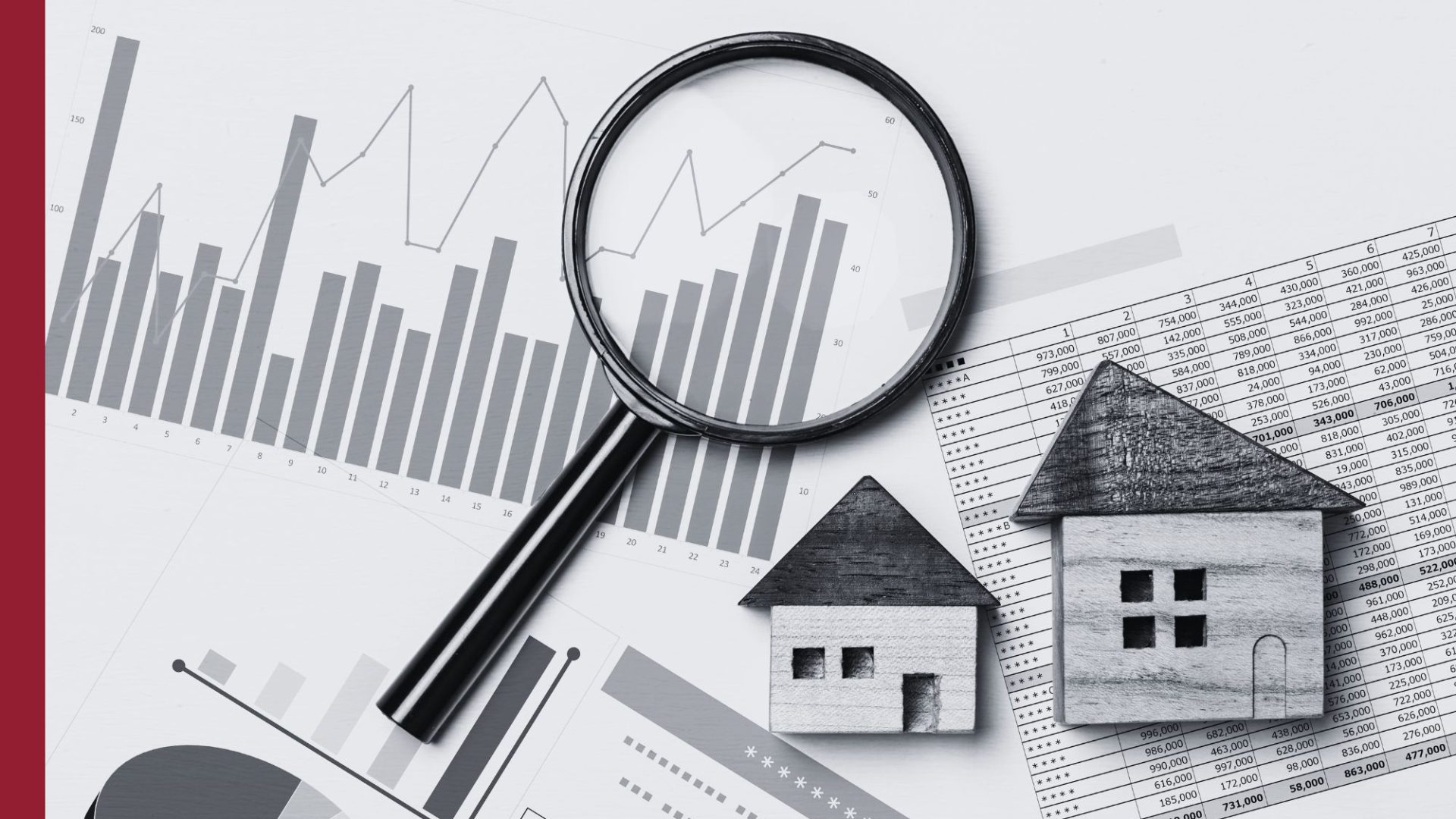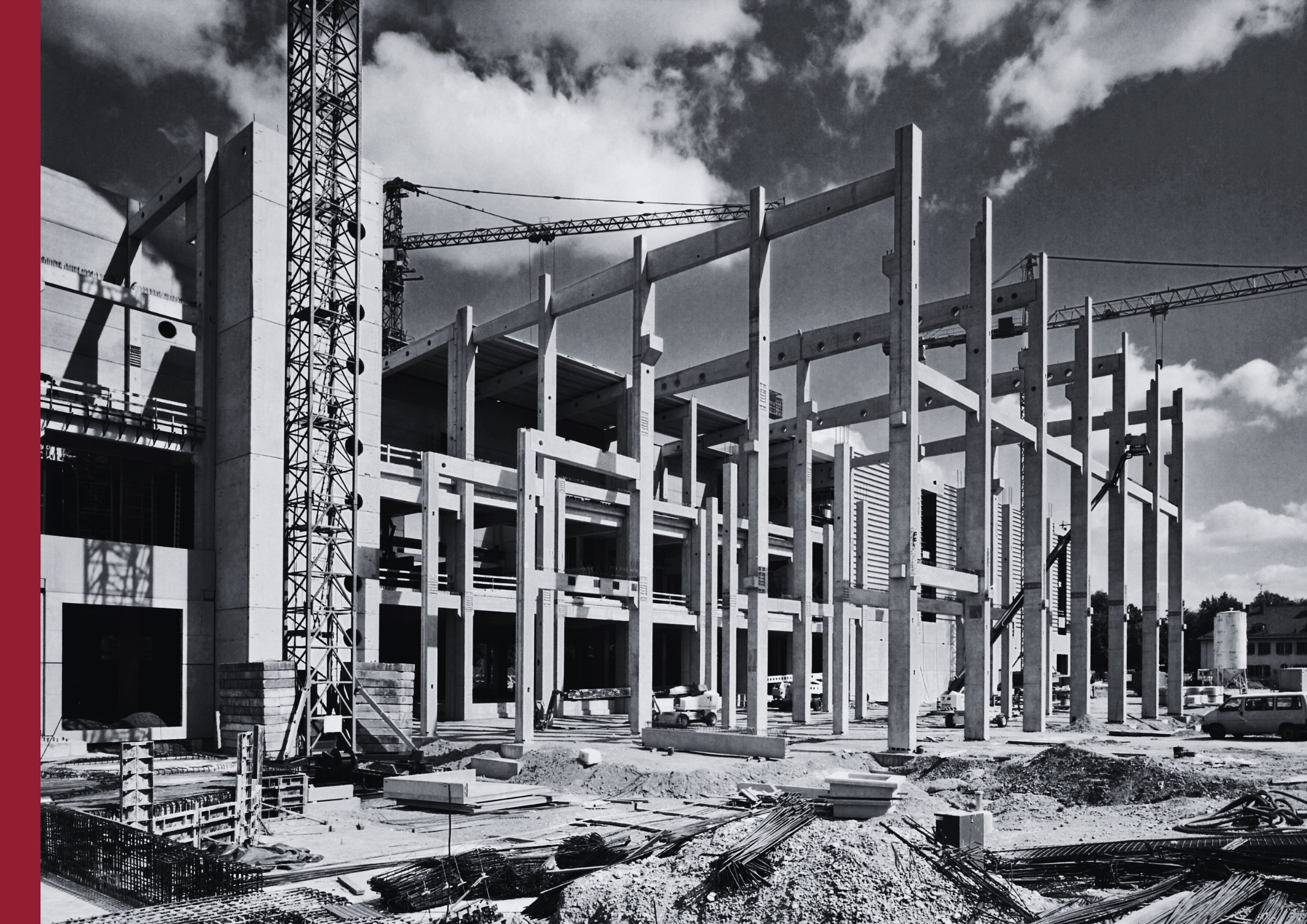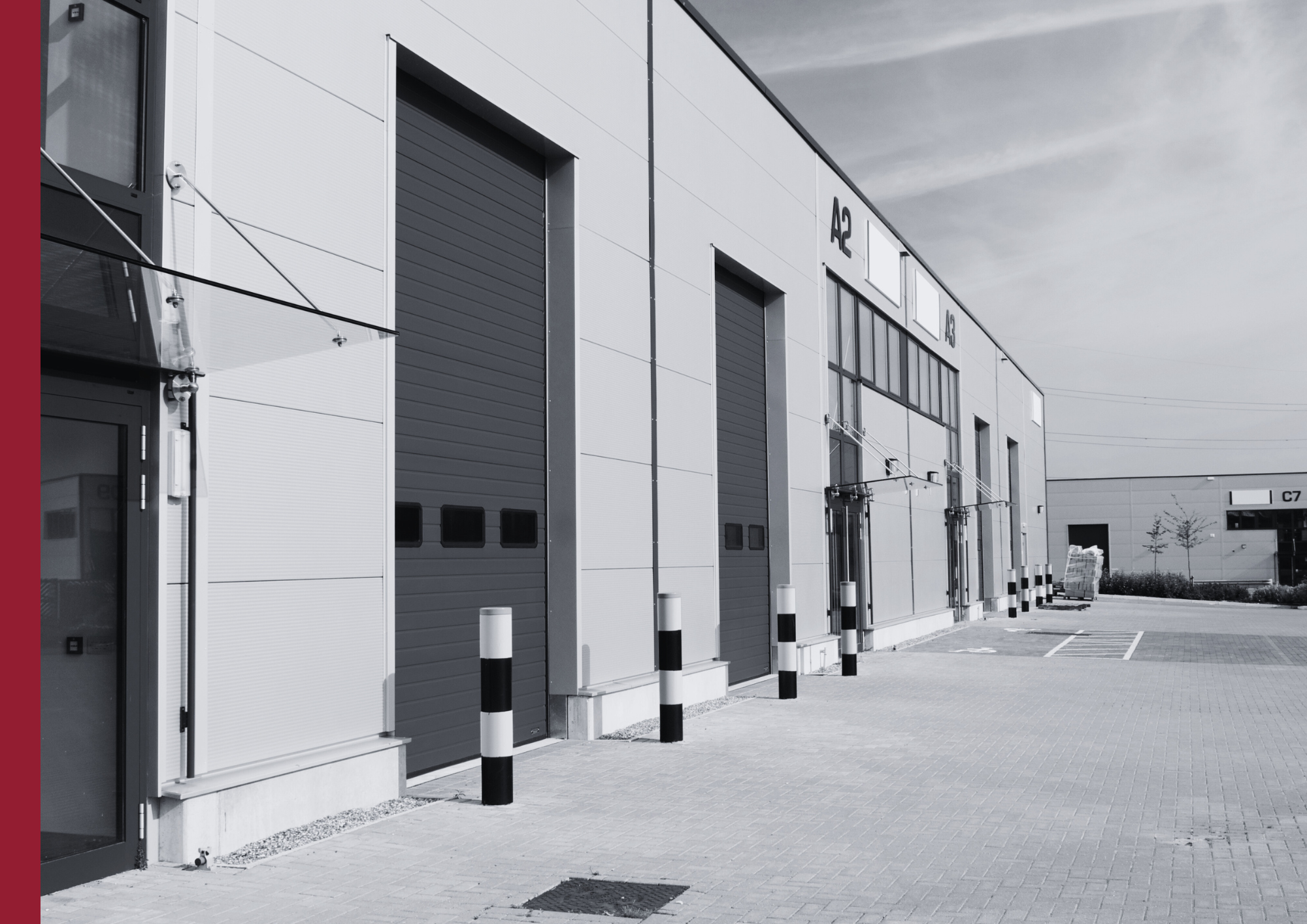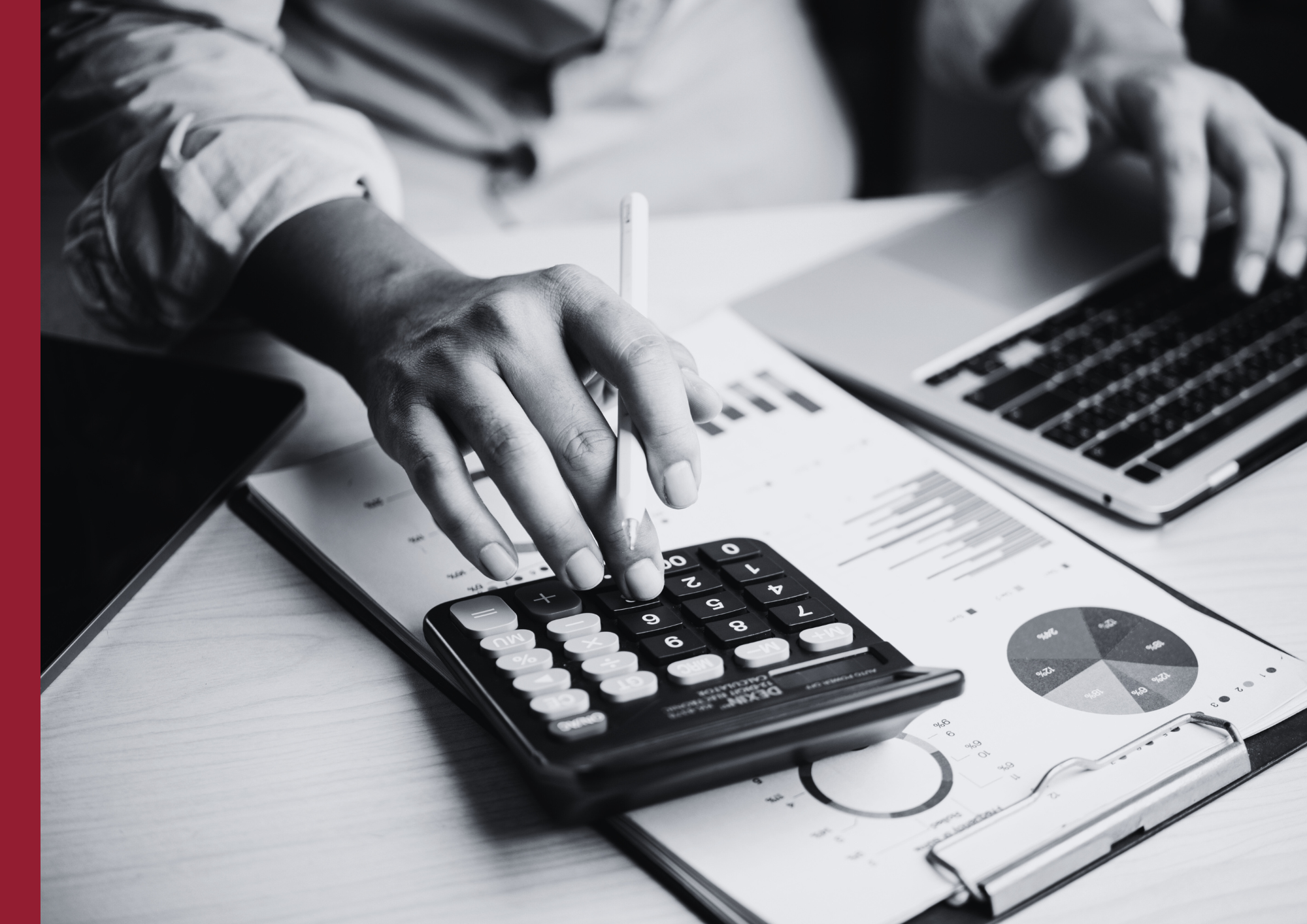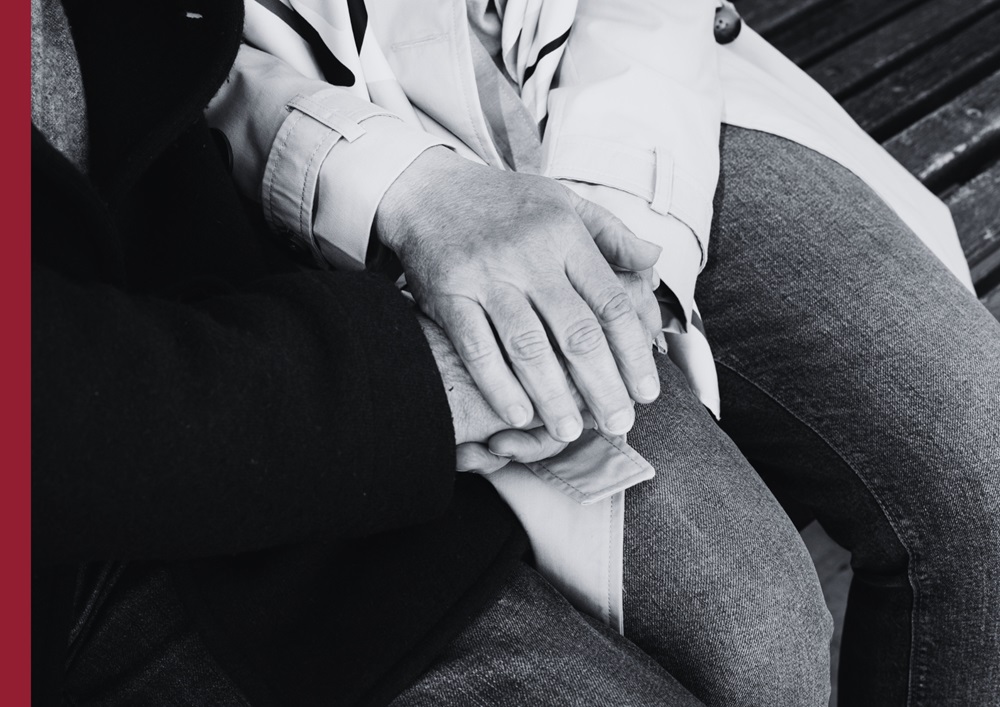Imagine you have been in a car accident. Your car was totaled and you need to get it repaired. You have also been forced to pay for a taxi to get to work while you wait for it to be repaired. Who can you ask to pay you for these expenses? The answer lies in the consequential damage.
This legal concept refers to the actual and demonstrable economic losses you suffer as a result of a harmful event, such as an accident or a breach of contract. From AmblerWe know that a full understanding of this concept is crucial for proper legal advice. For this reason, we tell you the keys so that you can face this situation.
Definition and nature of consequential damage
According to Article 1101 of the Spanish Civil Code, consequential damage is defined as the loss or deterioration of goods or rights that form part of a person’s assets as a direct result of a harmful event. In other words, it is the real and verifiable damage suffered by a person or entity as a consequence of a specific event, whether due to breach of contract, negligent action, or any other wrongful cause.
There are two types of consequential damages, current and future. It should be noted that both must be duly demonstrated and quantified with evidence in a judicial or extrajudicial claim process. This may include medical reports, invoices for medical expenses, expert economic evaluations, among other documents that support the magnitude and continuity of the damage suffered. What are the characteristics of each type of damage?
Current emerging damage
Its main characteristic is that it is immediate and tangible, and manifests itself directly and obviously after the damaging event. What types of damage does it include?
Medical and rehabilitation expenses
These are the expenses necessary to treat the physical injuries suffered as a result of the harmful event, such as emergency medical consultations, surgical interventions or rehabilitation therapies.
Repair or replacement of damaged goods
This item includes costs associated with the repair or replacement of material goods that have suffered direct damage. If there has been a traffic accident, the costs of repairing the vehicle are covered under this item.
Immediate loss of income
A person may suffer temporary incapacity as a result of a harmful event. As a result, the person may be unable to continue his or her usual work. The income lost during this period can then be considered as current consequential damages.
Emerging future damage
This type of damage refers to the continuing and prolonged consequences resulting from the initial damaging event:
Medical treatment costs
Many injuries may require prolonged medical treatment or additional surgical interventions, which will continue to generate costs in the future.
Long-term loss of income
In some situations the damaging event may result in permanent disability that affects the individual’s ability to work and earn an income in the long term. This lost income then forms part of the future emerging damage.
Ongoing additional costs
Some harmful events, such as serious accidents, can leave permanent sequelae. For this reason, expenses such as adaptations of housing or vehicles to make them accessible and adapted to the person’s new mobility needs are covered.

When is it appropriate to claim for consequential damages?
In order for the claim for consequential damages to proceed in the Spanish legal framework, it is essential to comply with certain requirements and conditions that establish the basis for compensation. The following points are essential to secure a claim:
Existence of an event causing the damage
For consequential damages to exist, they must arise as a direct consequence of a specific and determined event. This fact may vary in nature and include situations such as traffic accidents, breaches of contract, negligent acts, civil liability, among other wrongful events or events giving rise to liability. The existence of such an event is the basis for initiating a claim.
Causal link
By this point we mean that it is essential to establish clearly and objectively that there is a direct connection between the event that caused the damage and the harm suffered by the affected person. The connection must be proven by solid and verifiable evidence, such as expert reports, eyewitness testimonies, medical documents indicating the injuries suffered, technical reports demonstrating the material damage caused, etc., as well as by means of a report on the damage caused by the event.
Proof of damage or harm caused
The injured person has the obligation to provide specific and documented evidence demonstrating the extent and magnitude of the economic loss suffered. This evidence may include, but is not limited to:
Invoices and receipts
Where medical expenses, costs of repairing damaged goods, or any other economic disbursement derived from the causal event are detailed.
Medical reports
It specifies the injuries suffered, the necessary medical treatment, and the medical assessment of the physical or psychological sequelae.
Repair estimates
In case of material damage, such as damage to vehicles, houses or other property, it is essential to submit detailed estimates of the estimated costs of repair or replacement.
Expert reports
These reports are issued by experts in various fields (such as engineers, architects, accountants) who support the economic quantification of the consequential damage.
Other relevant documents
These documents are intended to demonstrate the contractual relationship involved. Documents such as unfulfilled contracts, evidence of lost income due to temporary or permanent incapacity, among others, can be submitted.
Claims and redress process
In order to initiate the process of claiming and compensating for consequential damages, we must go through a series of stages, both extrajudicial and judicial:
Out-of-court complaint
The first stage of the claim for consequential damages is usually extrajudicial, i.e. without the direct intervention of a court. During this stage, the aim is to reach an amicable agreement between the parties involved to compensate for the damage suffered. These are the most relevant steps and considerations:
Detailed expert report
It is essential to have an expert report prepared by experts in the relevant field (doctors, engineers, accountants, etc.). This report should clearly and objectively document the origin of the damage, establish the causal link between the causal event and the damage suffered, and provide an economic valuation of the consequential damages. This report will be crucial both in the extrajudicial and judicial phase, as it provides the technical and professional basis for the claim.
Negotiation and communication
The injured party, assisted by his or her lawyer if necessary, sends a detailed claim to the party responsible for the damage (e.g. through an insurer in cases of traffic accidents). This communication details the facts, the claimed consequential damage and the evidence supporting the claim. Negotiation may include the submission of counter-offers and discussion of the quantification of the damage.
Out-of-court settlement
If the parties reach a satisfactory agreement, a written agreement is formalised which sets out the agreed compensation and payment terms. This agreement may include a commitment by both parties not to pursue further legal action related to the same incident.
Legal proceedings
What happens if a satisfactory out-of-court settlement is not reached or if the responsible party denies its liability or the extent of the damage? Then the next step is to go to court to seek fair compensation:
1. Bringing the action
With a lawyer as representative, the injured party files a lawsuit with the competent court. The claim must include all the necessary evidentiary elements, such as a detailed expert report, testimonies, medical documents, invoices, and any other relevant evidence proving the existence of the damage, the causal link and the quantification of the consequential damage.
2. Development of the judicial process
During the court process, both parties present their arguments and evidence to the court. Hearings may be held, additional expert witnesses may be called if necessary, and parties may be summoned to testify. The court will then evaluate all the evidence presented and decide on the liability and financial compensation to be paid to the injured party.
3. Court ruling
Upon completion of the judicial process, the court will issue a judgment that will establish whether the defendant is liable for the damage and the amount of compensation to be paid to the injured party. The judgment may be appealed if either party considers that the issues in the case were not adequately resolved.
At the service of our customers’ peace of mind
Whatever the situation, there is no doubt that as individuals dealing with consequential damages entails the need to understand their legal and economic implications. We must act quickly and enlist the help of the right professionals.
Ambler was founded in 1991 and since then, as an insurance brokerage, we have been committed to providing our clients with the legal advice they need to protect them from insurers. We focus on finding the right solution for each client. If you would like to find out more about our services, please contact us at contac us so that we can help you.
